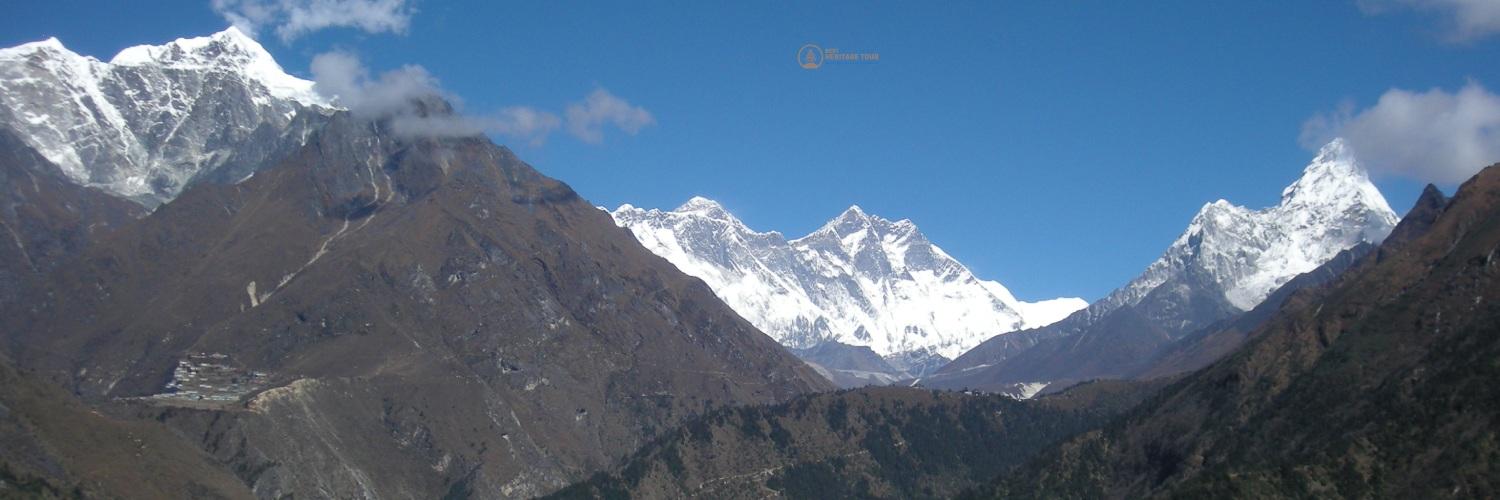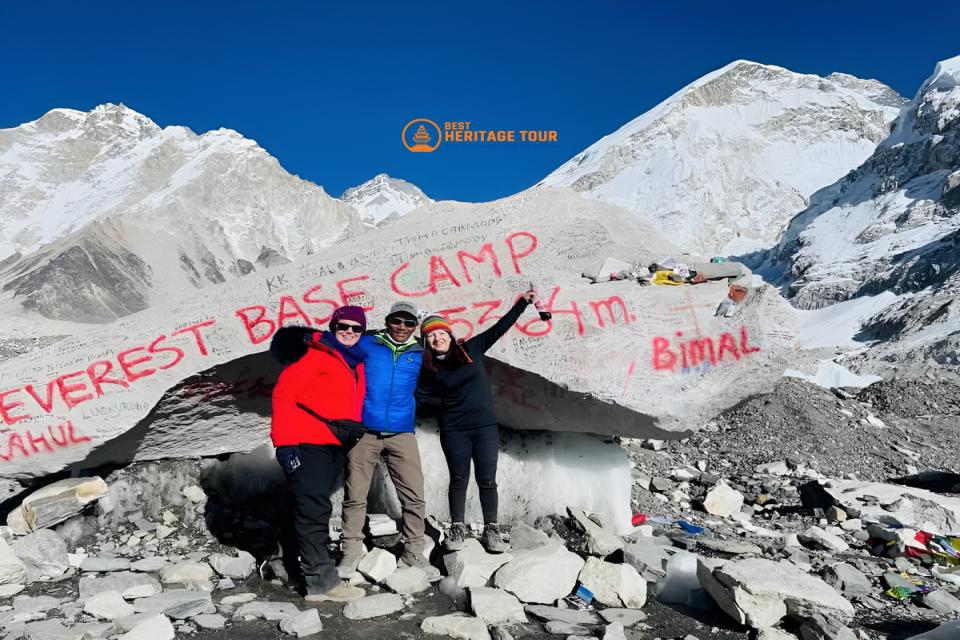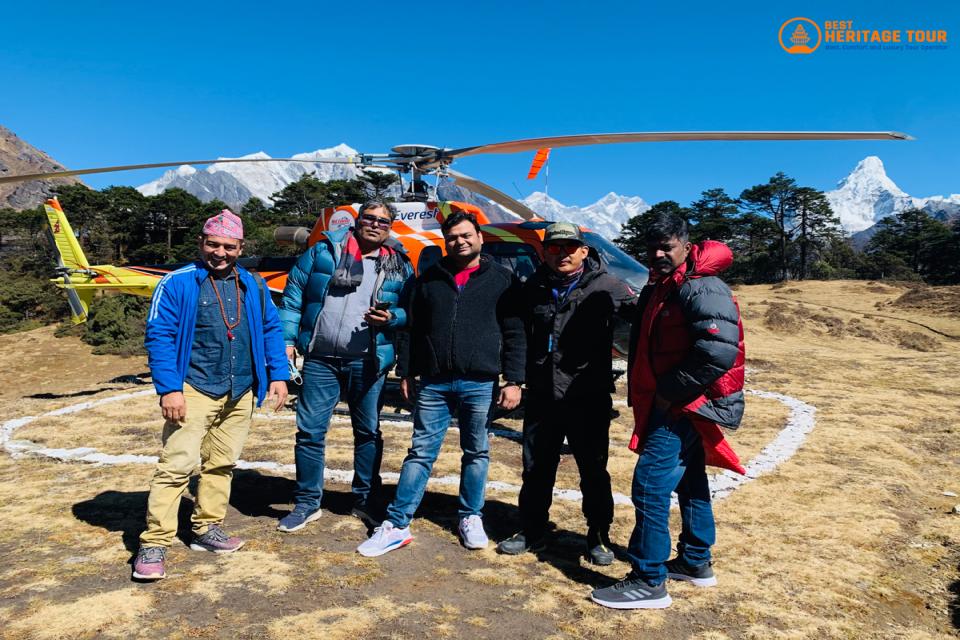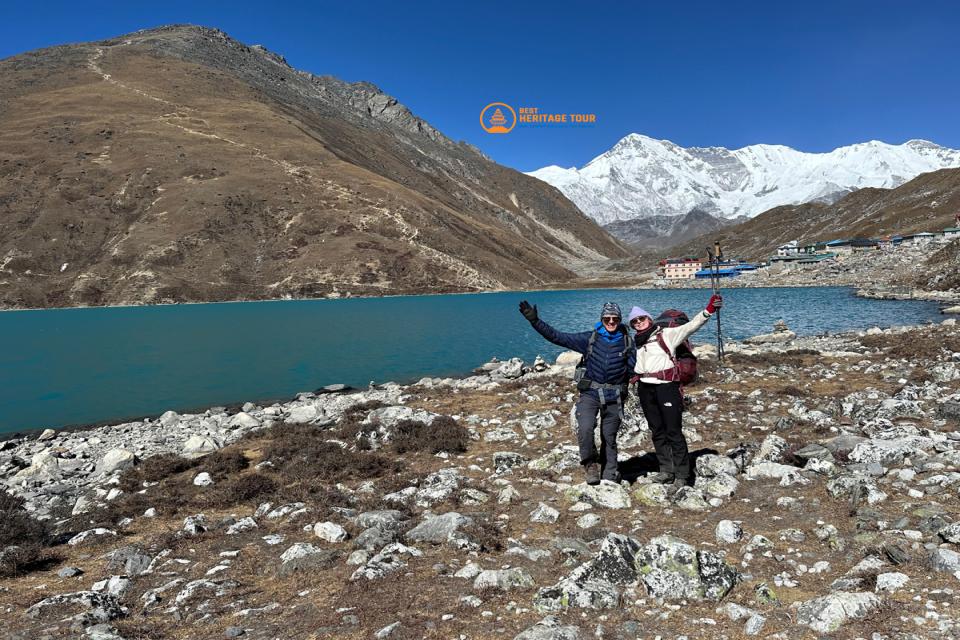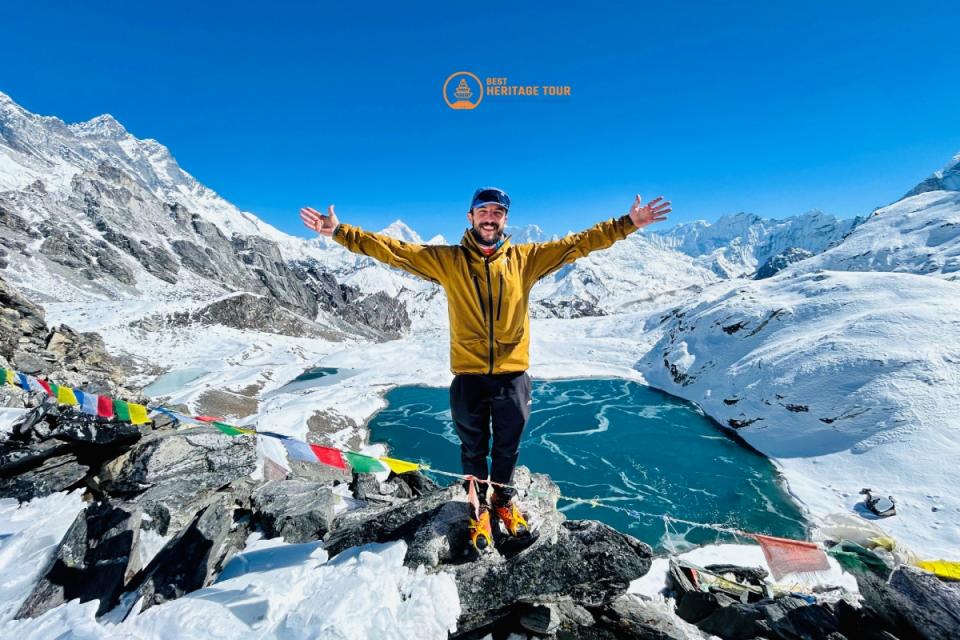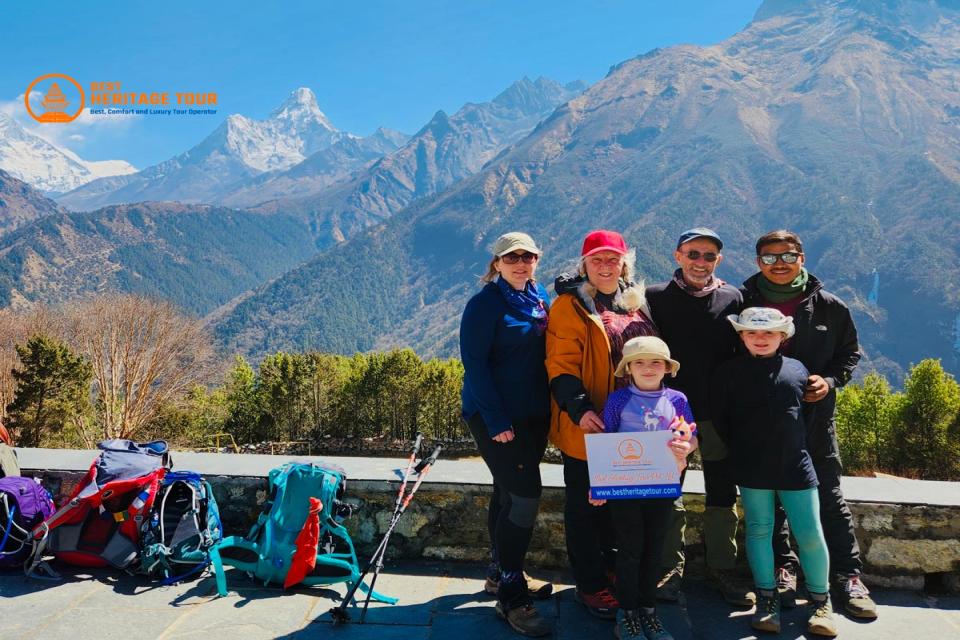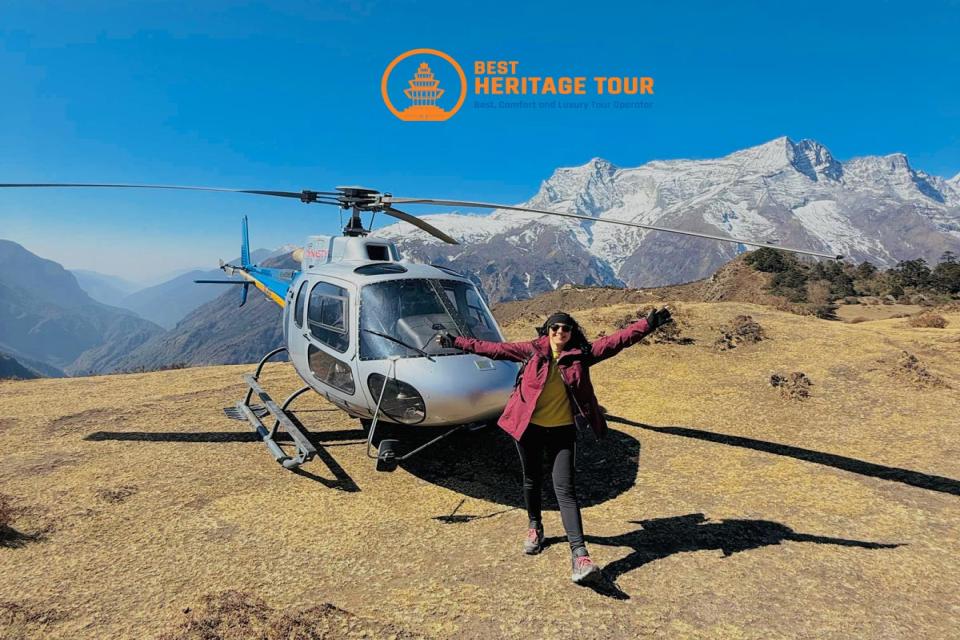The Everest Base Camp Trek (EBC) is one of the world’s most iconic trekking adventures, leading you through the heart of the Himalayas to the base of Mount Everest (5,364m). While the journey offers breathtaking landscapes and cultural encounters, it also demands solid preparation to ensure a safe and rewarding experience.
How to prepare for the Everest Base Camp Trek, covering fitness, gear, altitude, health, and mental readiness.
1. Physical Fitness & Training
Trekking to Everest Base Camp involves walking 5–7 hours daily on rugged terrain at high altitude. You don’t need to be an athlete — but a good level of fitness is essential.
Training Plan (Start 8–12 Weeks Before)
-
Cardio Exercise: Jogging, cycling, swimming, or hiking uphill 4–5 times a week improves endurance.
-
Leg Strength: Squats, lunges, step-ups, and stair climbing build leg muscles for steep ascents and descents.
-
Core & Balance: Yoga and planks help stability when trekking uneven trails.
-
Practice Hikes: Go on weekend hikes with a backpack to simulate real trekking conditions.
Tip: If possible, train with a loaded backpack (6–8 kg) to build stamina for carrying your day pack.
2. Packing Essentials for Everest Base Camp
Packing smart is key to comfort and safety. Weather conditions in the Himalayas change quickly, so being prepared for all types of environments is crucial.
Essential Gear Checklist
-
Trekking boots: Waterproof, ankle-high, well broken-in.
-
Down jacket: Warm and lightweight for cold nights.
-
Thermal layers: Base layers for warmth.
-
Trekking pants & shirts: Quick-dry and breathable.
-
Sleeping bag: Rated to -15°C or lower.
-
Backpack (30–40L): For daily essentials.
-
Duffel bag (60–70L): Carried by porters.
-
Trekking poles: Helpful for balance on descents.
-
Headlamp: For early morning hikes.
-
Water purification tablets or bottle: To ensure safe drinking water.
-
First aid kit: Include altitude medication, painkillers, and bandages.
Optional but Useful: Power bank, camera, neck gaiter, gloves, and sunglasses.
3. Acclimatization & Altitude Sickness
The trek reaches above 5,000 meters, where altitude sickness can occur.
Proper acclimatization is the key to success.
Tips to Prevent Altitude Sickness
-
Trek slowly and allow your body to adapt.
-
Stay hydrated — drink at least 3–4 liters of water per day.
-
Avoid alcohol and smoking.
-
Follow acclimatization days (usually at Namche Bazaar and Dingboche).
-
Consider Diamox (consult your doctor before use).
Golden Rule: “Climb high, sleep low” , hike higher during the day and return to a lower altitude to sleep.
4. Permits & Paperwork
You’ll need two main permits for the EBC trek:
-
Sagarmatha National Park Entry Permit
-
Khumbu Pasang Lhamu Rural Municipality Permit
Best Heritage Tour, a trusted local trekking and tour company in Nepal, will handle all the necessary permits for you, ensuring a smooth and hassle-free trekking experience.
5. Accommodation & Food on the Trail
The EBC route is lined with teahouses, offering clean rooms, hearty meals, and warm hospitality.
Expect simple twin-sharing rooms, and menus with items like dal bhat, noodles, soups, eggs, and pancakes.
Tip: Avoid eating meat at higher altitudes since it’s often carried up unrefrigerated.
6. Mental Preparation
The trek is as much mental as it is physical.
You’ll walk long hours in varying conditions — cold, wind, dust, and occasional altitude headaches.
Stay positive, pace yourself, and enjoy the journey rather than rushing to reach the destination.
Remember, the view from Kala Patthar (5,545m) — the best viewpoint of Mount Everest — makes every step worth it.
7. Best Time to Trek Everest Base Camp
The two main trekking seasons are:
-
Spring (March–May): Clear skies, rhododendron blooms, moderate temperatures.
-
Autumn (September–November): Stable weather, best mountain visibility, ideal for photographers.
Avoid the monsoon (June–August) and winter (December–February) if you’re not used to extreme conditions.
8. Optional: Helicopter Return from Base Camp
For those who wish to save time or avoid a long return walk, a helicopter flight from Gorakshep or Pheriche to Lukla or Kathmandu is a popular option.
It offers a once-in-a-lifetime aerial view of the Himalayas.
9. Travel Insurance
Always carry comprehensive travel insurance that covers:
-
High-altitude trekking (up to 6,000m)
-
Emergency helicopter evacuation
-
Medical treatment in Nepal
10. Book with a Licensed Trekking Company
To ensure safety, reliable support, and authentic local guidance, always book with a registered Nepali trekking company. Best Heritage Tour, a professional and trusted local operator, provides expert guides who assist with altitude management, logistics, and cultural insights—ensuring a safe, enriching, and stress-free trekking experience.
Final Thoughts
Preparing for the Everest Base Camp Trek isn’t just about fitness, it’s about mindset, planning, and respect for the Himalayas.
Train consistently, pack wisely, and go with an experienced team. With the right preparation, you’ll not only reach Everest Base Camp but also create memories that last a lifetime.
Contact Best Heritage Tour Today:
Phone: +977-9851149197 / +977-9810043046
Email: info@bestheritagetour.com | bestheritagetour@gmail.com
Website: www.bestheritagetour.com
Office: Thamel Marg, Kathmandu, Nepal
Author: Best Heritage Tour
Date: 27th October, 2025

